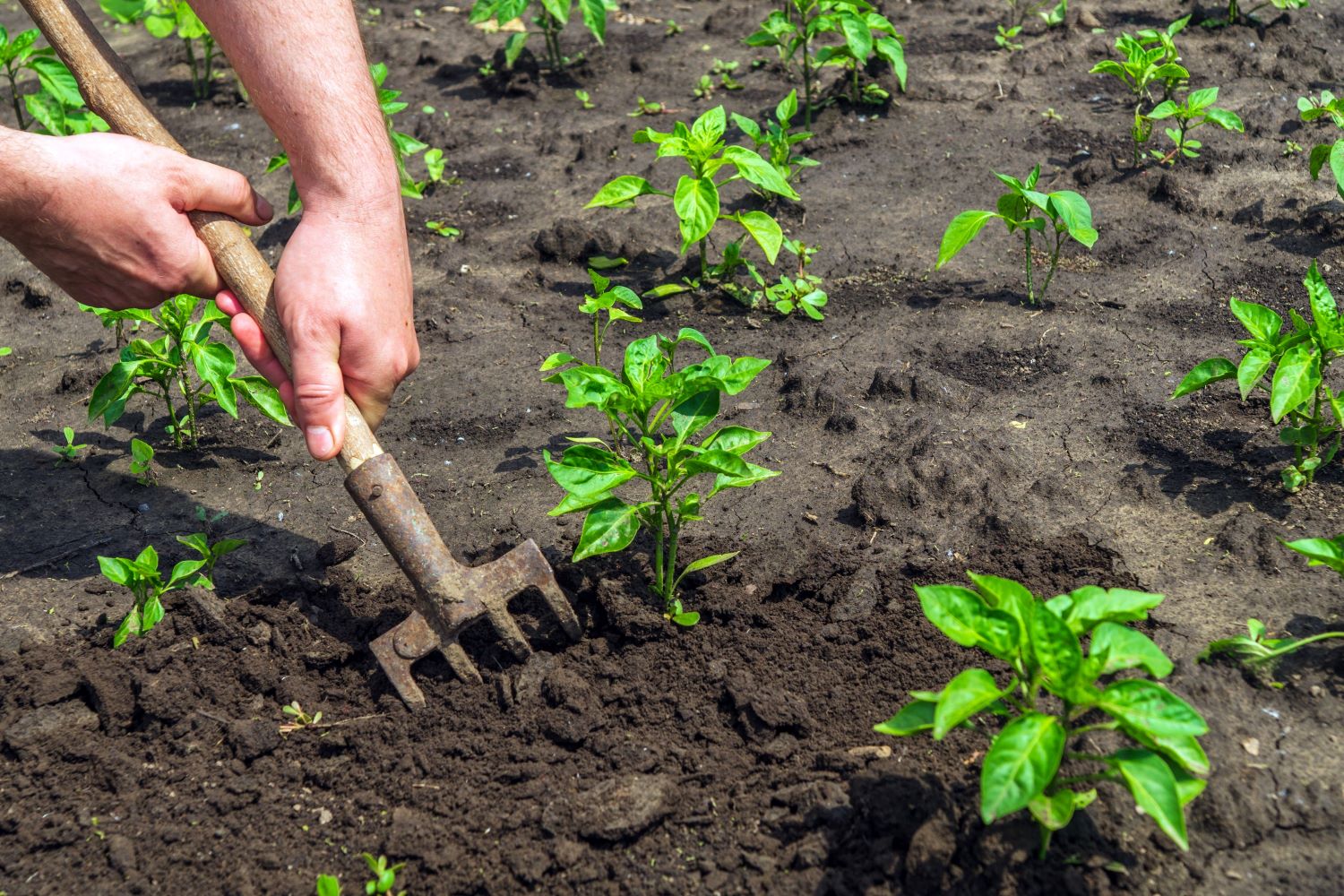The Australian Agriculture Traceability Protocol (AATP) underpins three primary components;
- Verifiable Credentials – a way of sharing data that is tamper proof and not reliant on centralised systems
- Distributed Identifiers – a way of verifying an identity in a decentralised approach
- Trust Anchors – entities that enhance trust in a claim by drawing on their authority to verify claims.
These are emphasised by defined standards that ensure consistency, regardless of system or technology. The AATP is not a single ‘system’. It’s a trust architecture for Australian agricultural produce.
The AATP is an extension of the UN Transparency Protocol (UNTP), which means it aligns with international standards.
Core to the AATP is the ability to integrate best-of-breed credentials from an
array of trusted sources, eg government or commercial datasets and access points.
The protocol is flexible and can be applied to ANY product or production system claim – including all environmental, social and governance (ESG) credentials. Examples include sustainable land use, emissions, ethics (including modern slavery), or technical performance or compliance. If a claim is linked to a ‘thing’ (a product, production process, participant or place in the supply chain) then the protocol can help provide an evidence-based link information about that thing.
No. The protocol has evolved in response to international lessons learned that centralised and decentralised platforms including blockchain-based systems, do not scale well. The protocol does not use or require distributed ledger technology however, it can be used to link blockchain- based systems already in use in different territories, industry sectors or business communities.
No. Industries are not required to adopt specific systems or standards to use the protocol. However, given the extensive use of GS1 standards internationally (>95% of all retail items), industries could benefit from leveraging common and internationally recognised standards for the identification of products, places, parties and processes.
The protocol enables interoperability across all sectors of the economy. This is important for national productivity, as outputs from one sector are often inputs to another, for example food flows into healthcare and extractive industries like mining feed into agriculture, building and construction. Similarly transport and shipping interfaces all sectors.
The project team is focused on helping exporters, processors and producers meet the growing demands to provide evidence of their compliance with new regulations and rules for global market access.
Non-compliance risks losing market share, while compliance offers an opportunity to gain market share. These types of rules favour countries that have a record of clean, green and ethical production systems – provided these claims can be shown to be true.
We’re focused on a protocol rather than a platform. The protocol keeps data at its source and ‘pulls’ information when needed for specific purposes, with the consent of data owners and providers. We’re linking data from multiple sources, not centralising it. It is standards-based and can be applied to existing systems, including those already used by farmers.
By linking data sources, we can connect the identity of the ‘thing’ (the product or shipment, etc.) to information about that thing. This approach solves many problems, including data sensitivity, duplication, waste, and complexity. All that is required is unique identification of products (and other traceable items) so that related information is ‘discoverable’.
Our approach aligns with the WTO rules-based system of trade and mutual recognition agreements. It’s designed to align with and test new market access rules in the European Union and other regions, including the United States. It is also aligned with Australian 1 up and 1 down traceability and industry recall
requirements as specified by FSANZ.
The cost is minimal. Existing farm records management system providers will likely adopt and adapt the proposed protocol, as a new system feature. If produce cannot be identified, then there may be costs, such as labelling, to enable traceability outside of the business.
The biggest change is behavioural. You could think of it like the shift to online banking – where customers have the option to go the bank branch (ie. continue to use paper) or make transactions online. Supply chain partners, including regulators, would simply ask for digital credentials rather than (or along with) paper forms. These credentials are stored like other valuable business assets – in a digital wallet or vault, in the same way many of us manage an airline boarding pass or vaccination certificate.
The NSF are just more claims – these can be managed via the protocol. The approach we are focusing on concentrates on the claim and certificate (linked to the traceable product) as much as the credentials and ‘authority’ of the parties that provided the certificate. It recognises that more or new certificates do not necessarily address compliance concerns.
Our approach meets the principles outlined in the code. It encourages and supports the concept of data being maintained by the data owner with full control over the terms of sharing and use of the information. Solution providers that adopt the protocol may choose to have their services certified by the operators of the farm data code – or related schemes.

